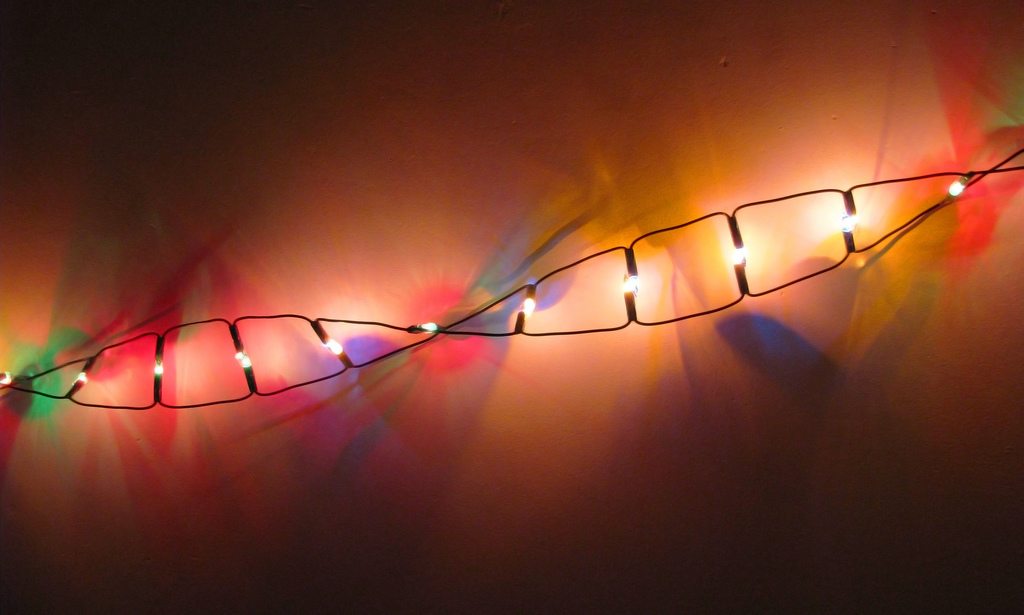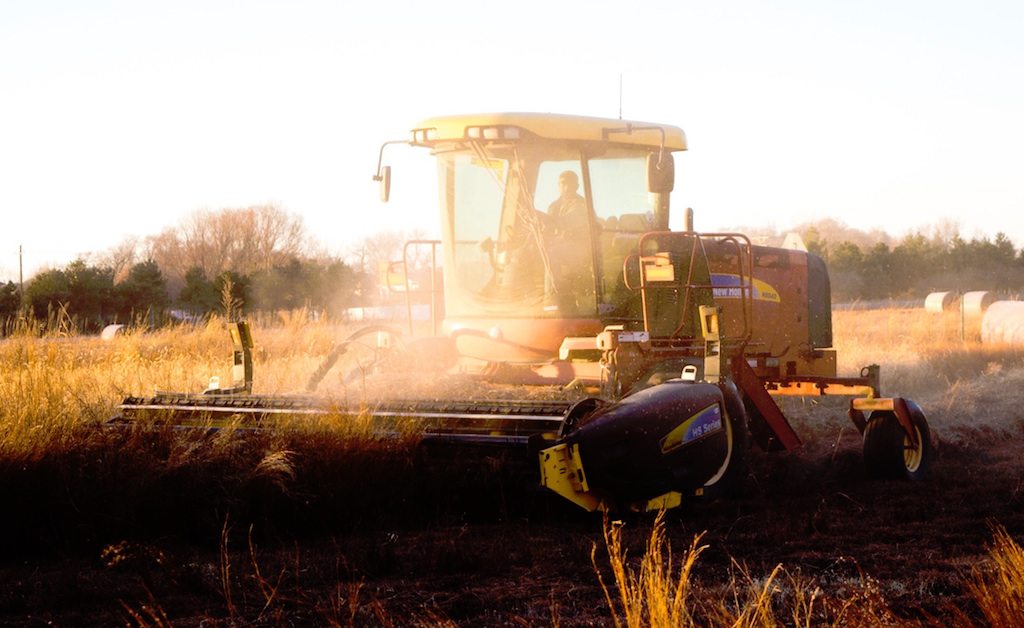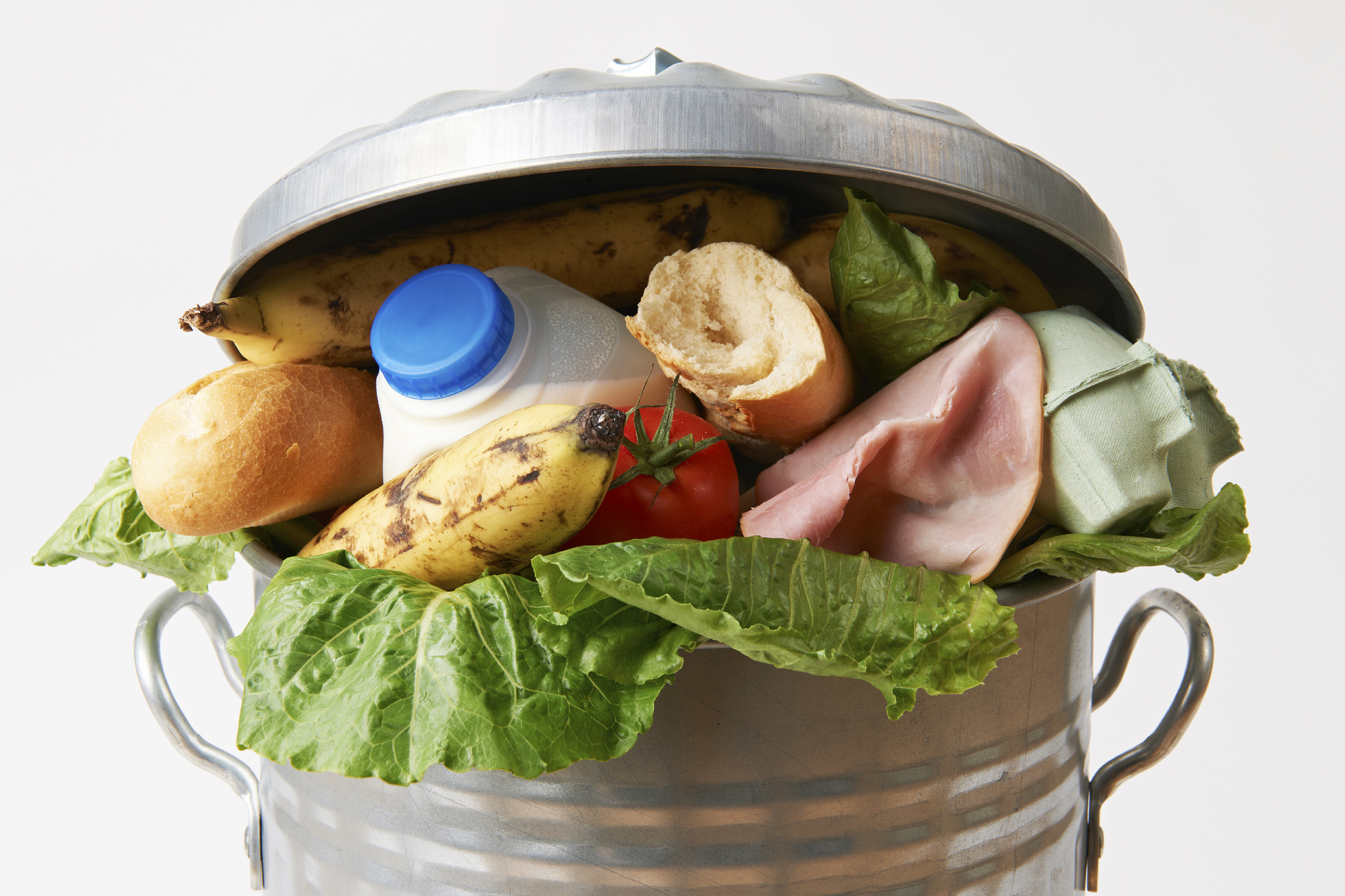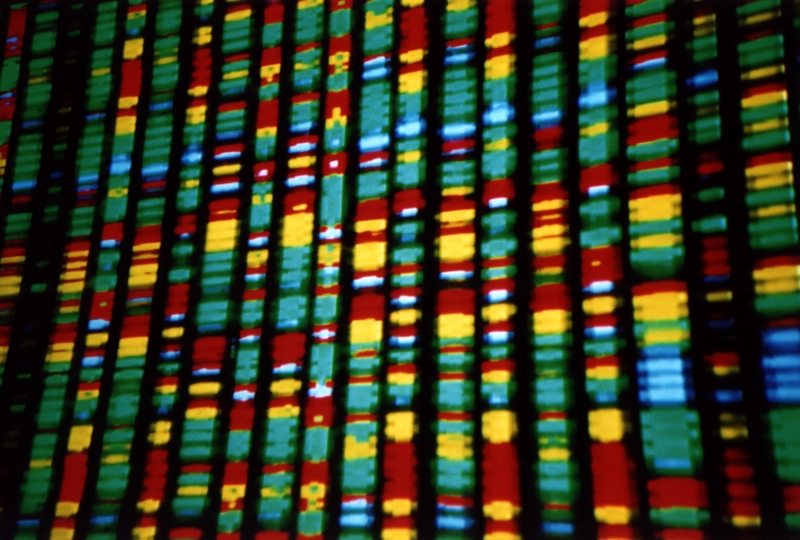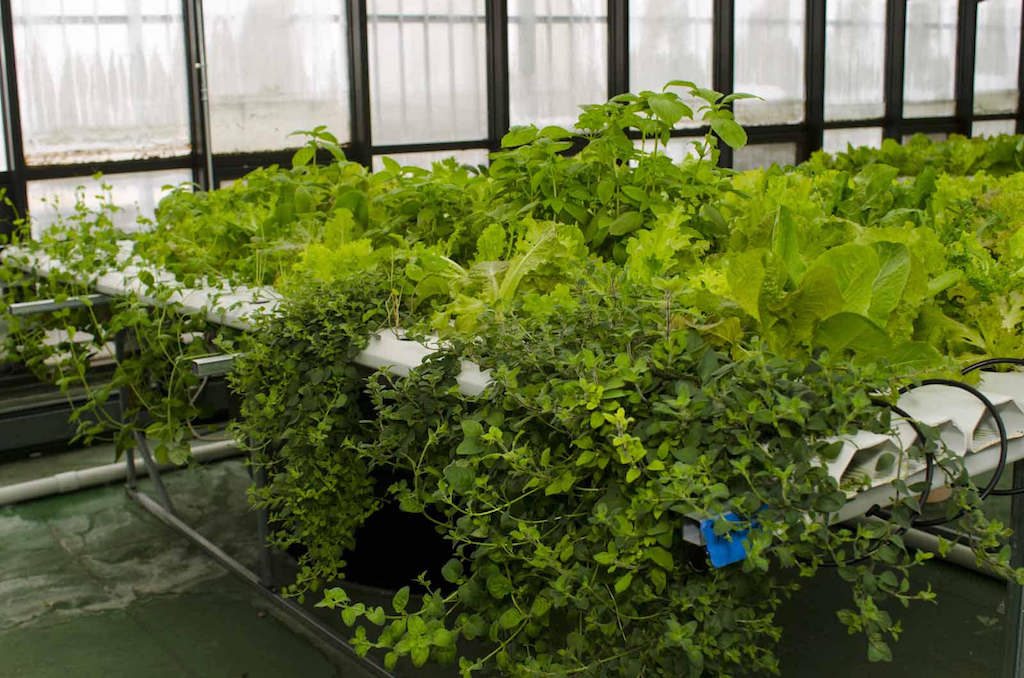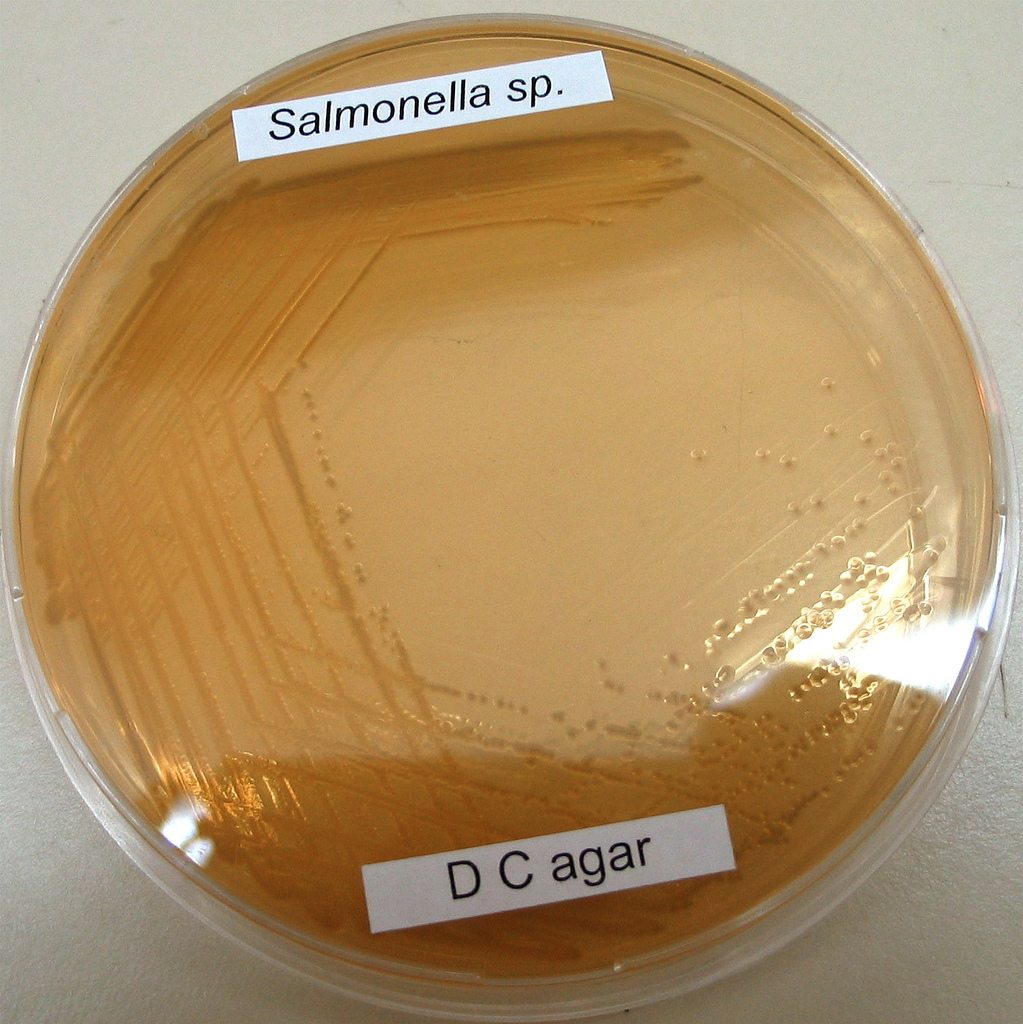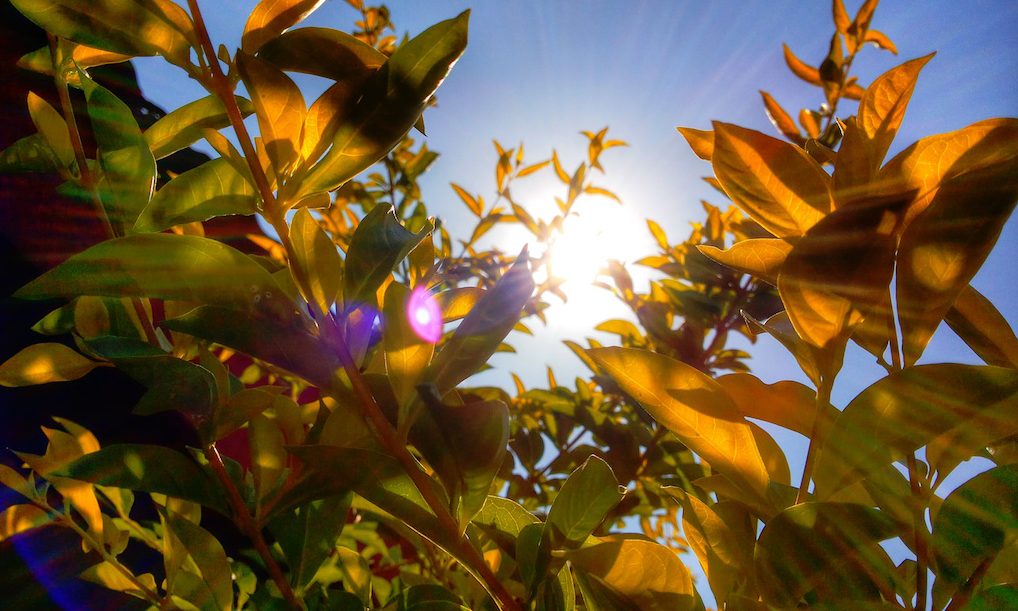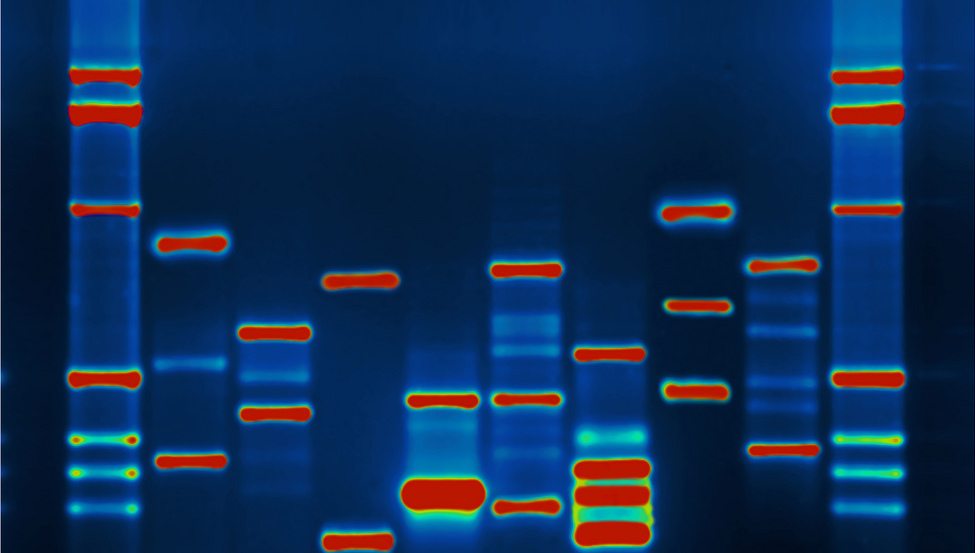Diet changes DNA. No need to panic. The headline was, to say the least, a bit alarming: “DNA Could Be Affected by Diet.” The story, in Nutrition Insight, went on to explain, “The diets of organisms can affect the DNA sequences of their genes, according to researchers at the University of Oxford. In a study on two groups of parasites, the team detected differences in DNA sequences that could be attributed to the composition of their food.”
It sounds like a science fiction scenario: Eat the wrong thing, and suddenly you mutate—a hotdog causes you to grow an extra finger; a diet soda makes your brown eyes blue. In fact, the findings, as published in Genome Biology, though less dramatic, are still pretty cool.
A quick reminder of some basic science: Proteins are the workhorses of life, performing an enormous range of functions in the body. To control and instruct the proteins, you’ve got your DNA, which is kind of like a big instruction manual. The letters in this manual are individual base pairs of DNA’s four building-block molecules; the words are “codons”—sets of three base pairs that call for specific amino acids, which are then assembled into proteins.
Continuing with the metaphor for a second: To assemble the complete binder of DNA, you also need paper and dividers. But what if you’re short of one kind of paper—either because there isn’t enough of it in the environment or in your diet. What happens then?
To find out, researchers Emily Seward and Steven Kelly looked at microscopic parasites. Some lived on plants and had less access to nitrogen, others on animals and had more access. (Obviously, this is a simplified picture. For all the details, see the original paper, here.) Did their genomes reflect their differing nitrogen supplies?
Yes, it turned out. It seems that there’s redundancy among the codons. There are enough of them to specify 64 different amino acids, but life on earth mostly uses only 20. So things have evolved so that codons have “synonyms” that can call for the same amino acid. (They often have other differences, but that’s another story.) And organisms with low-nitrogen diets tend to use the synonyms that require less nitrogen and vice versa.
“Now that we have learned how diet influences genes in these simpler systems, we are applying these same analysis techniques to more complex organisms like humans,” Kelly told Nutrition Insight. “It’s too early to say how this research will impact on our understanding of the role of diet in human evolution but we are working hard to find out.”
